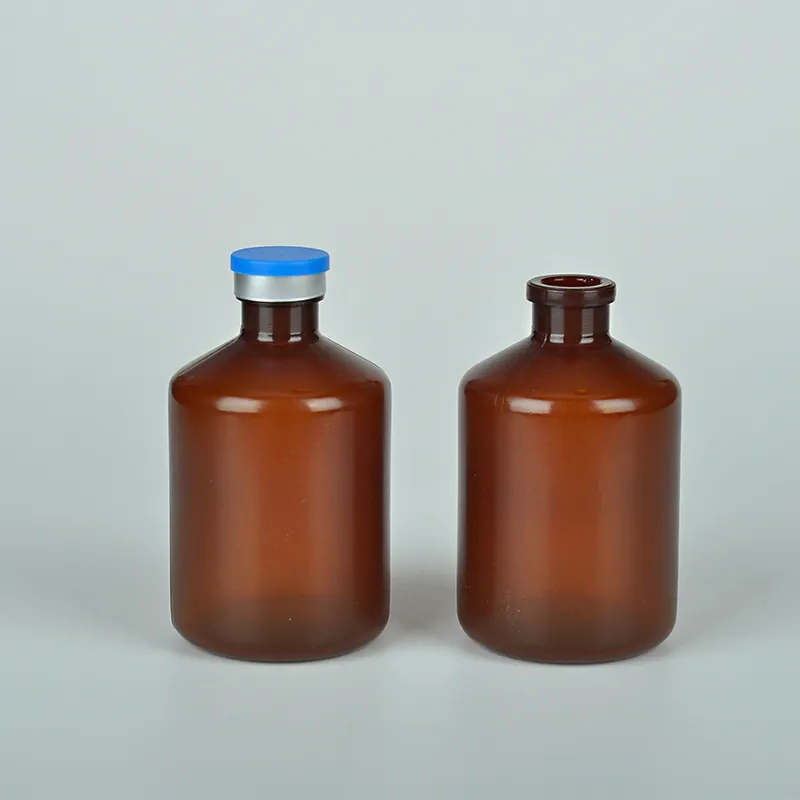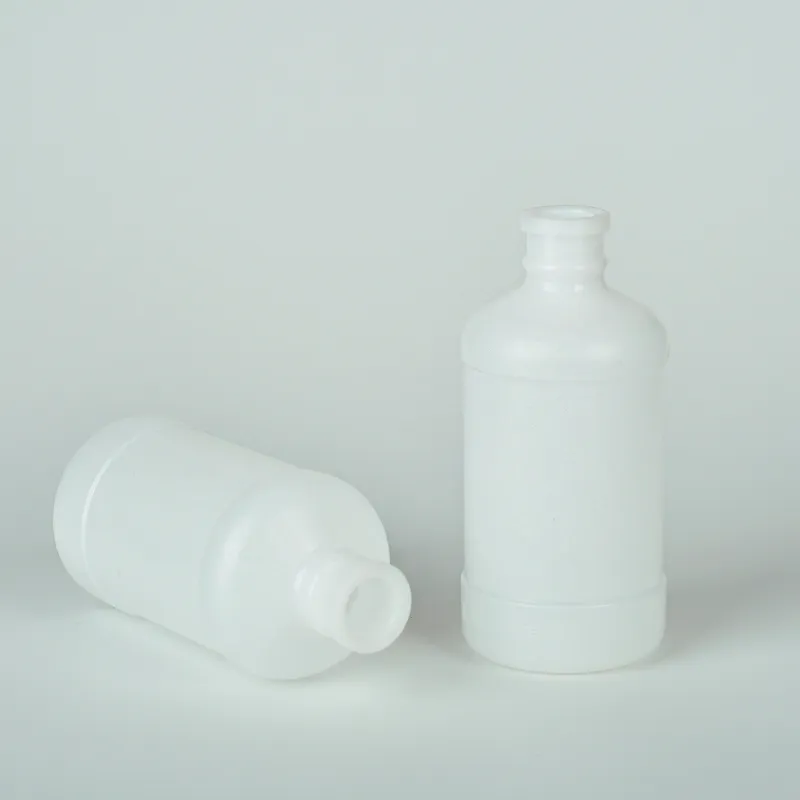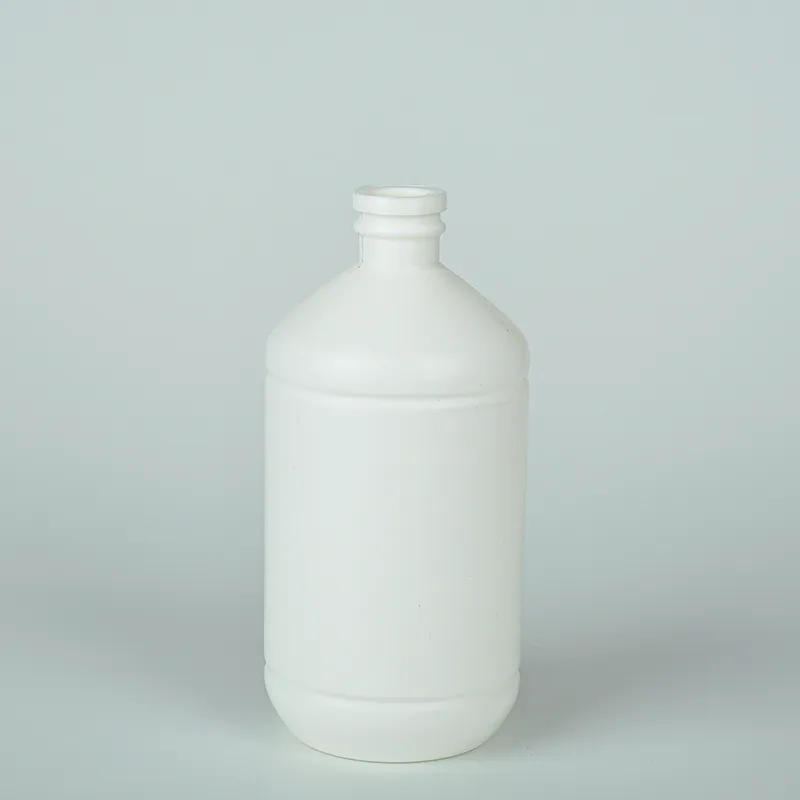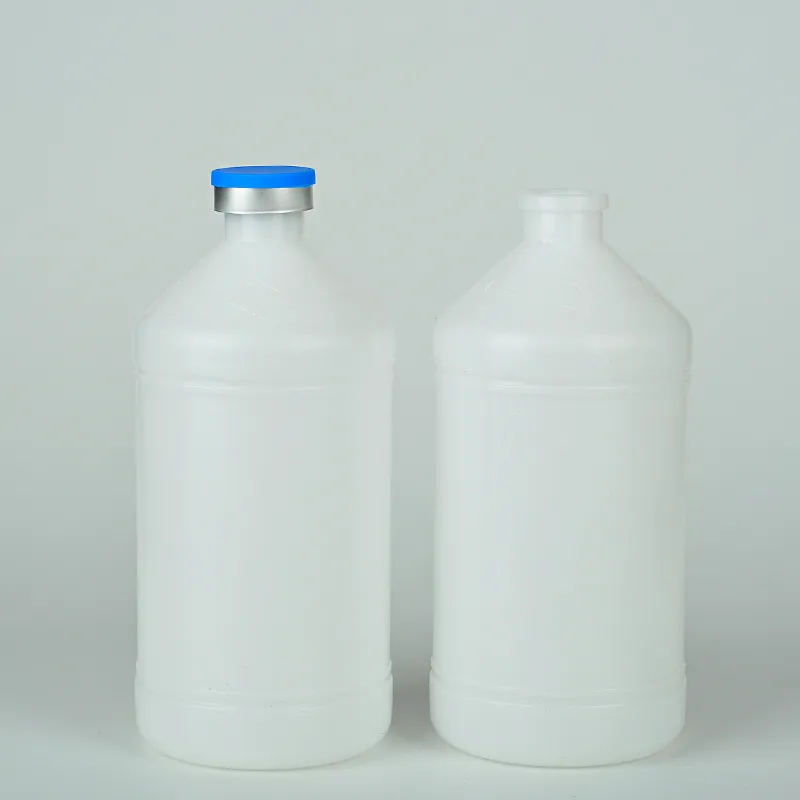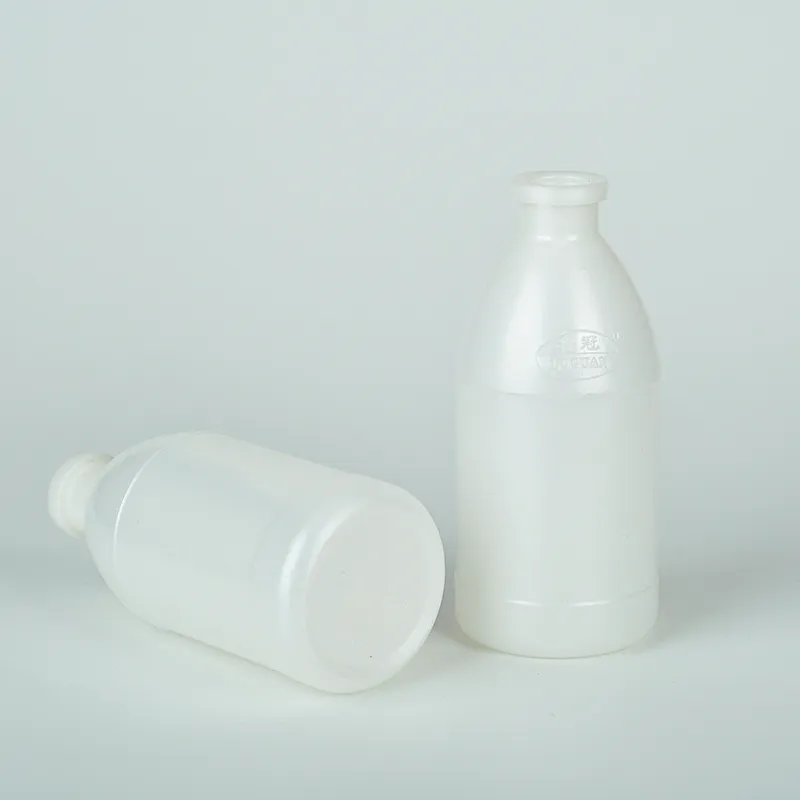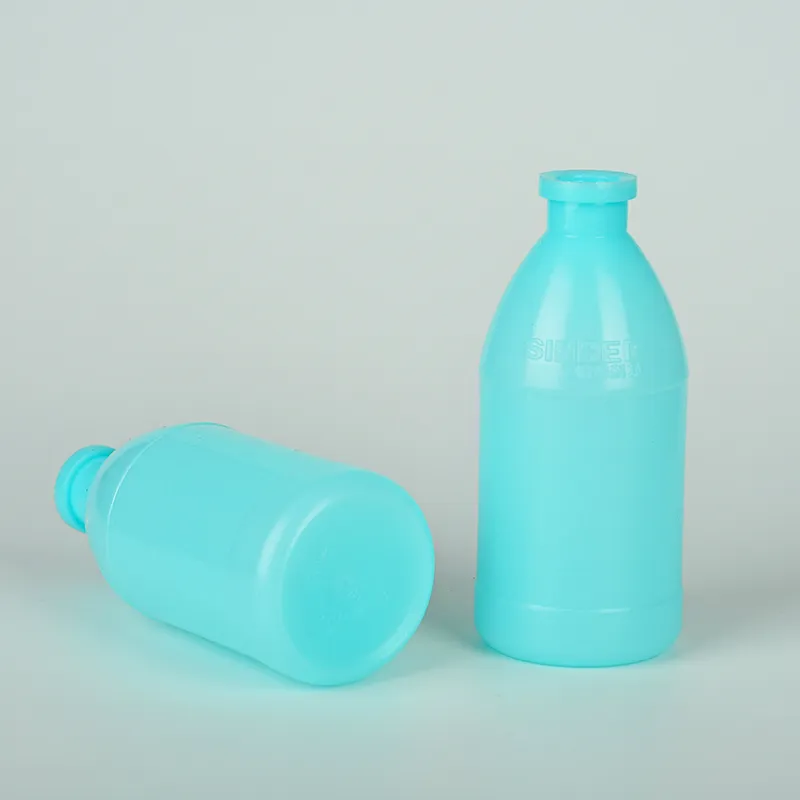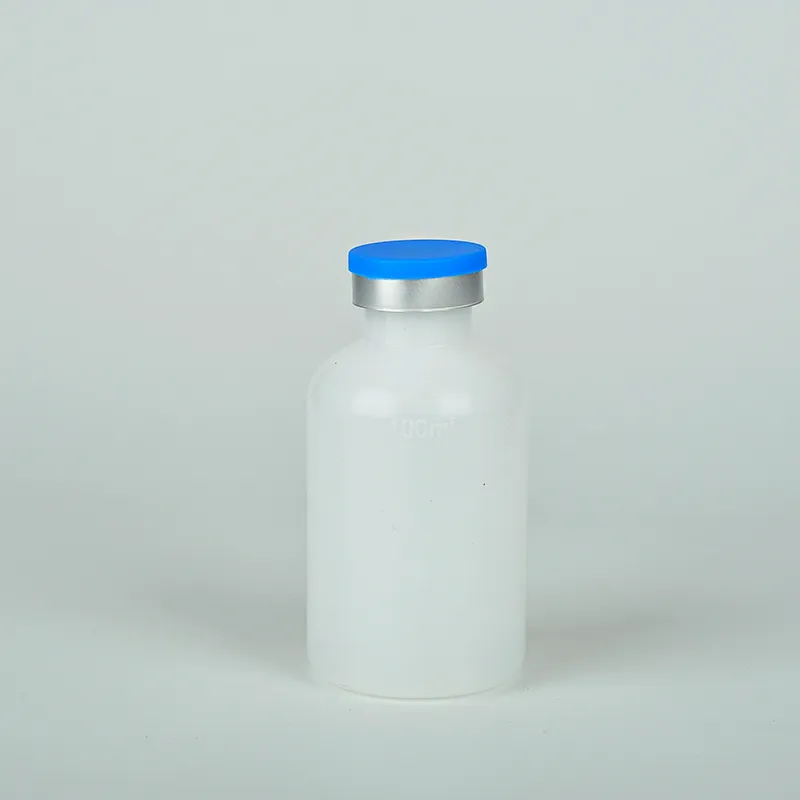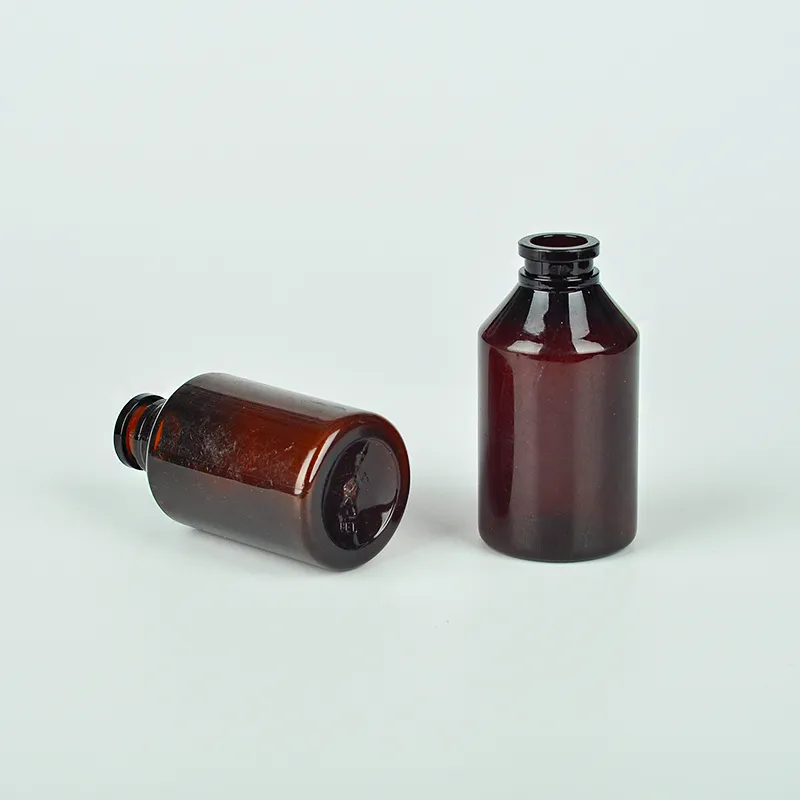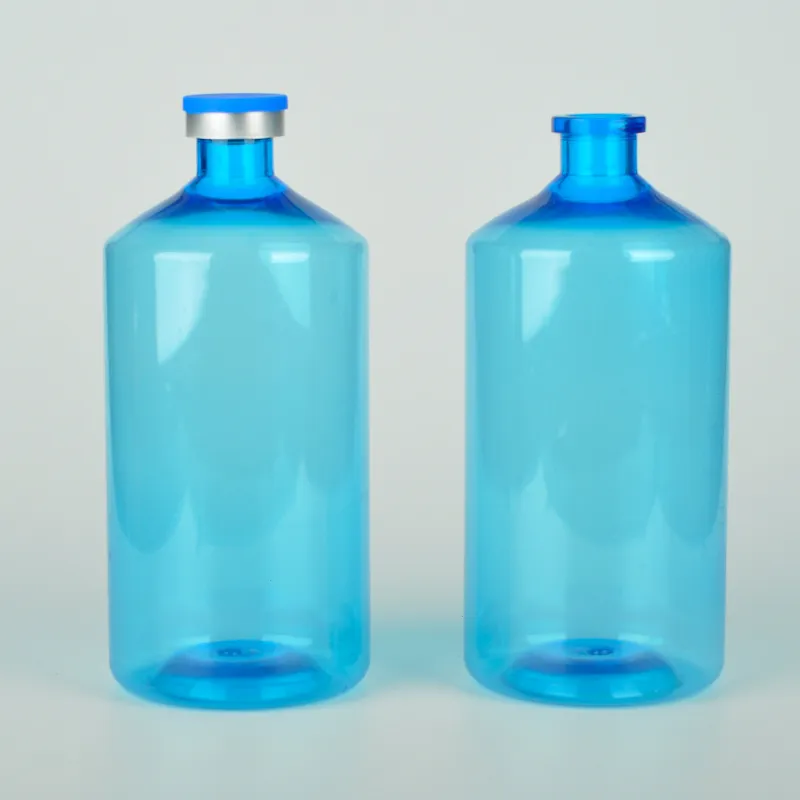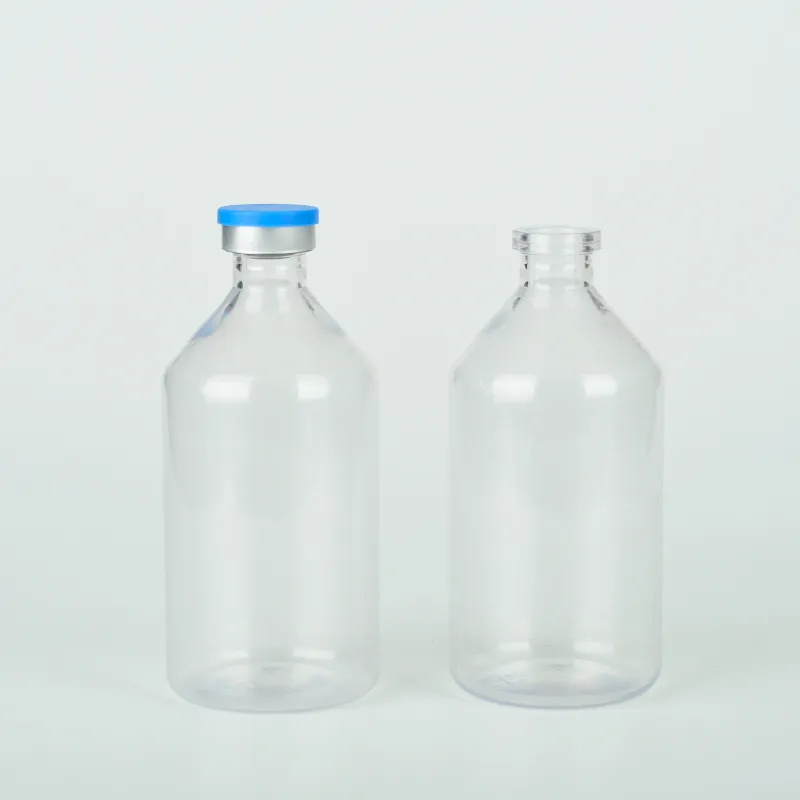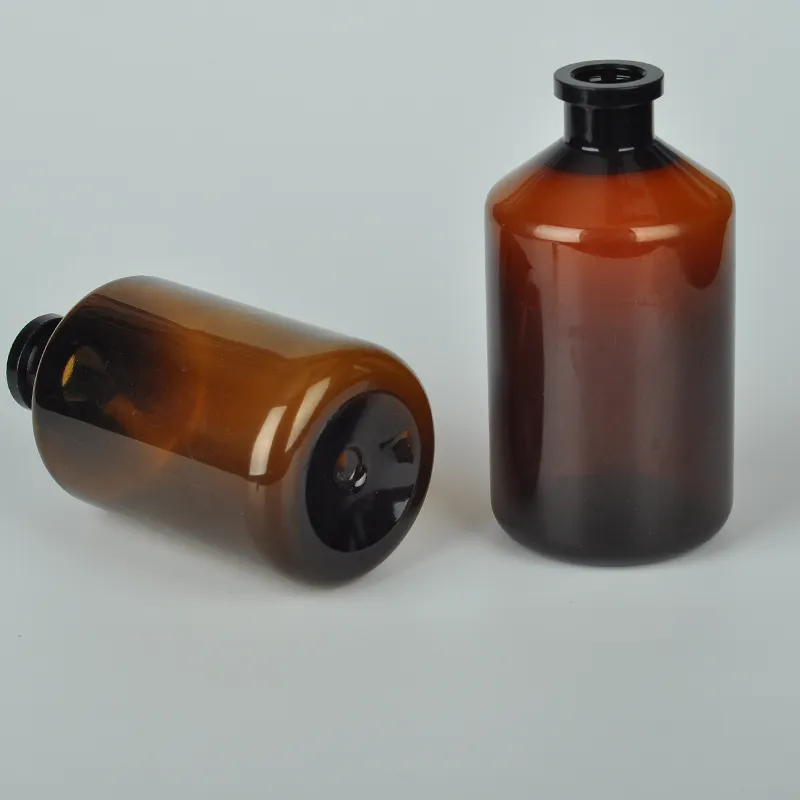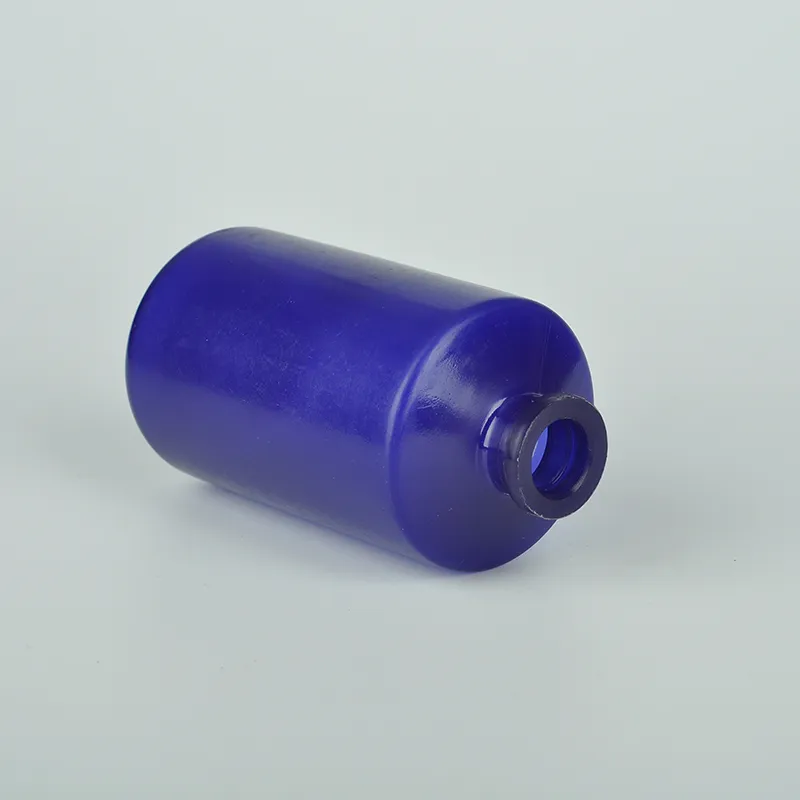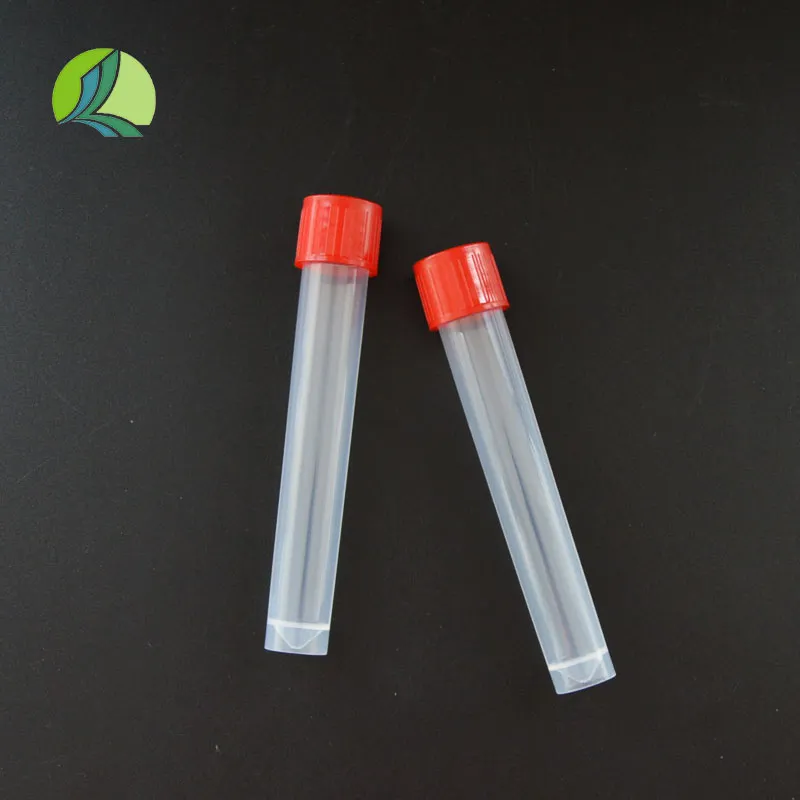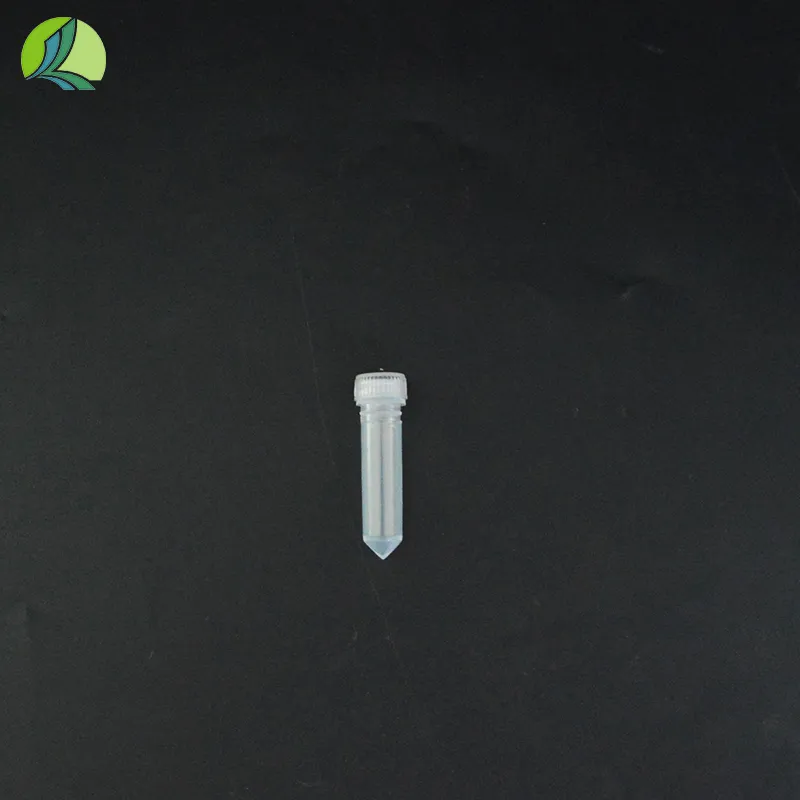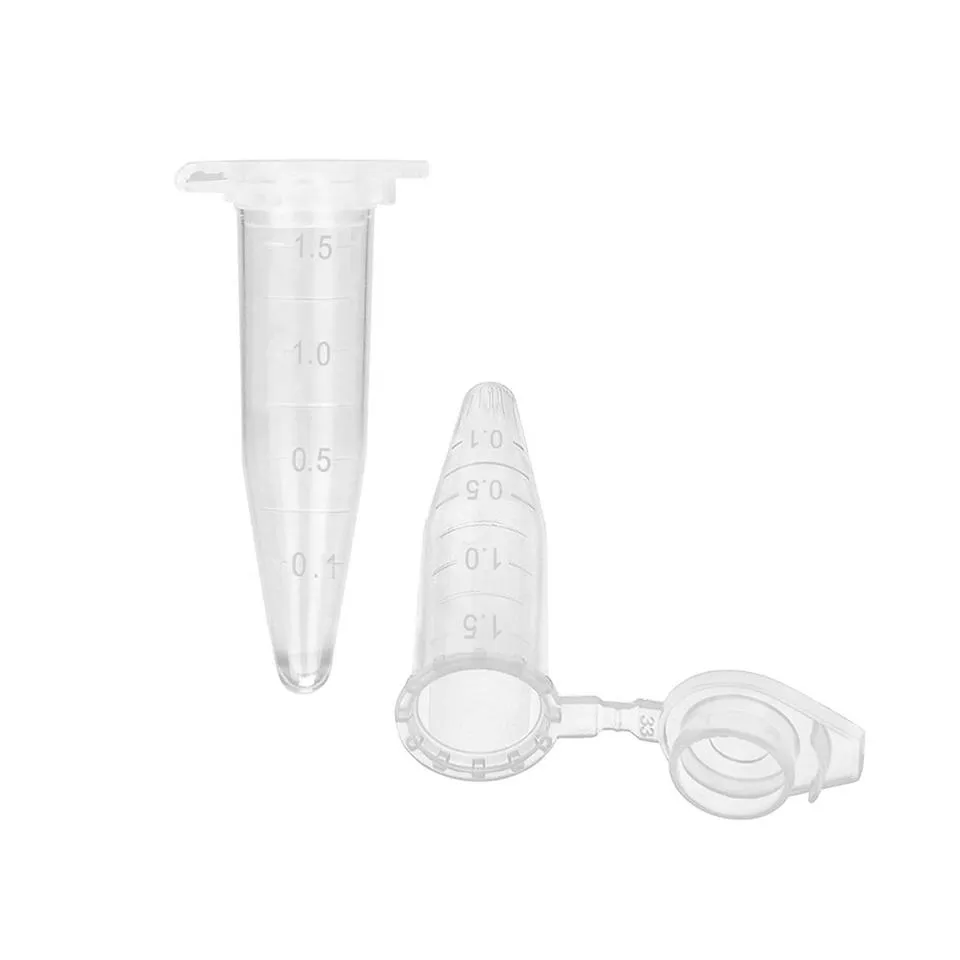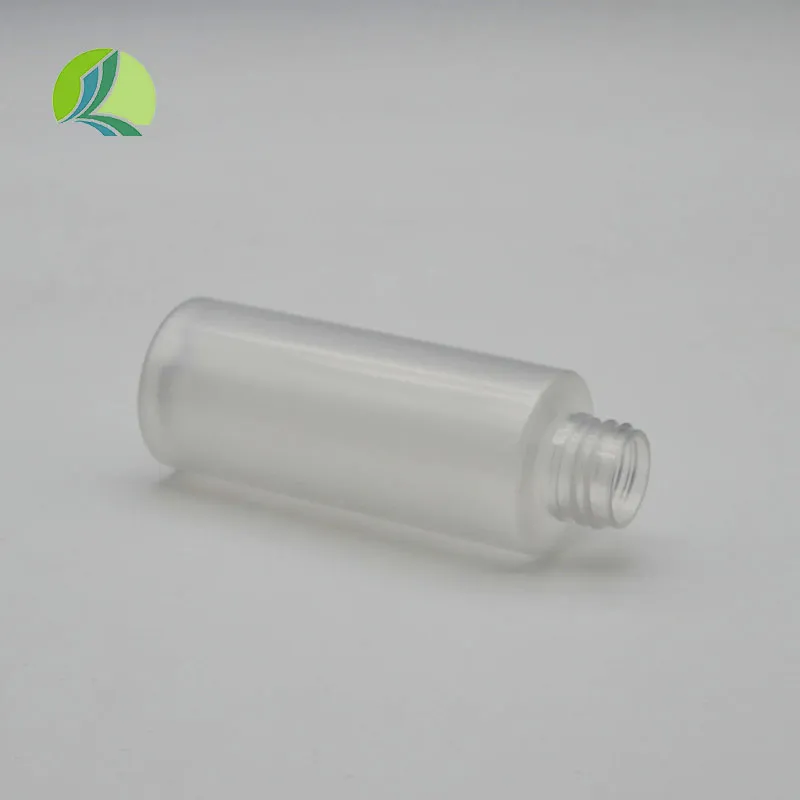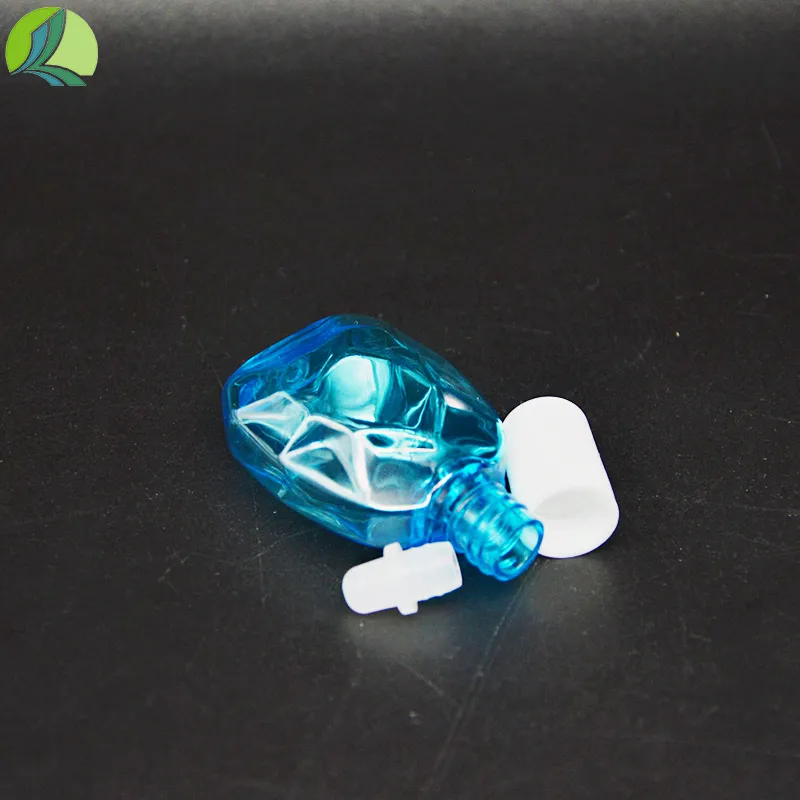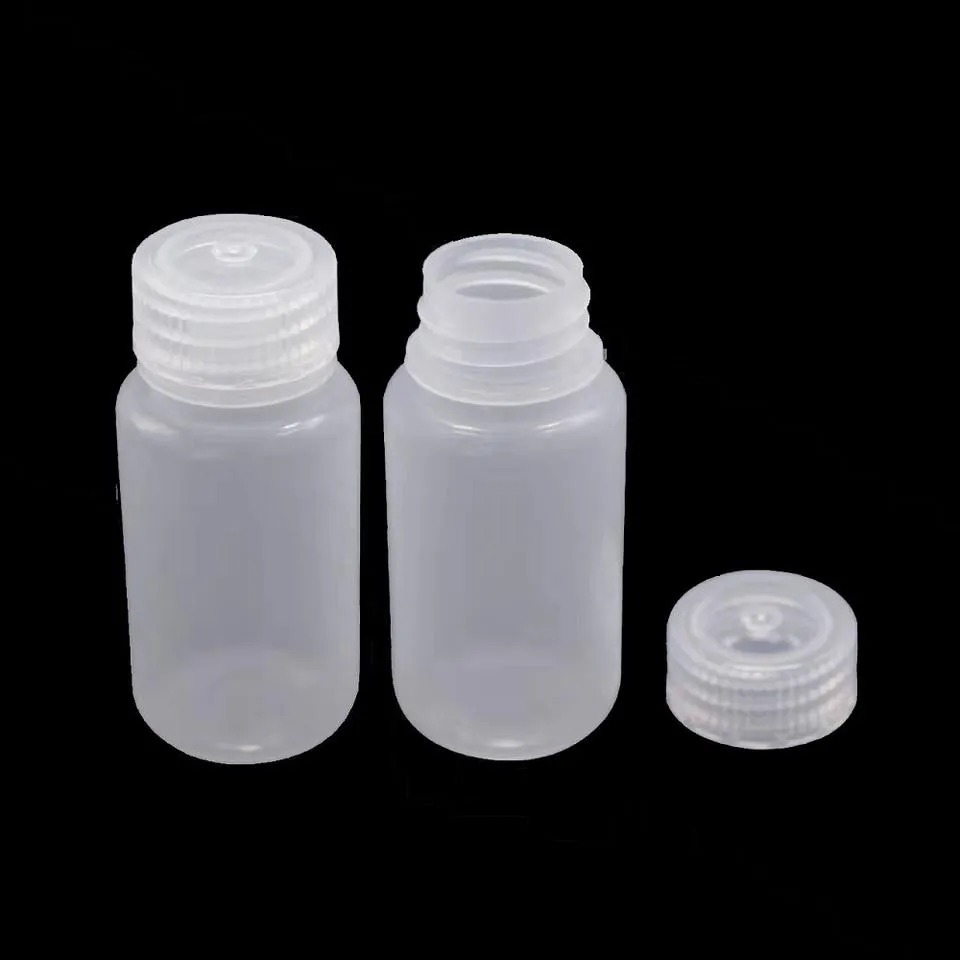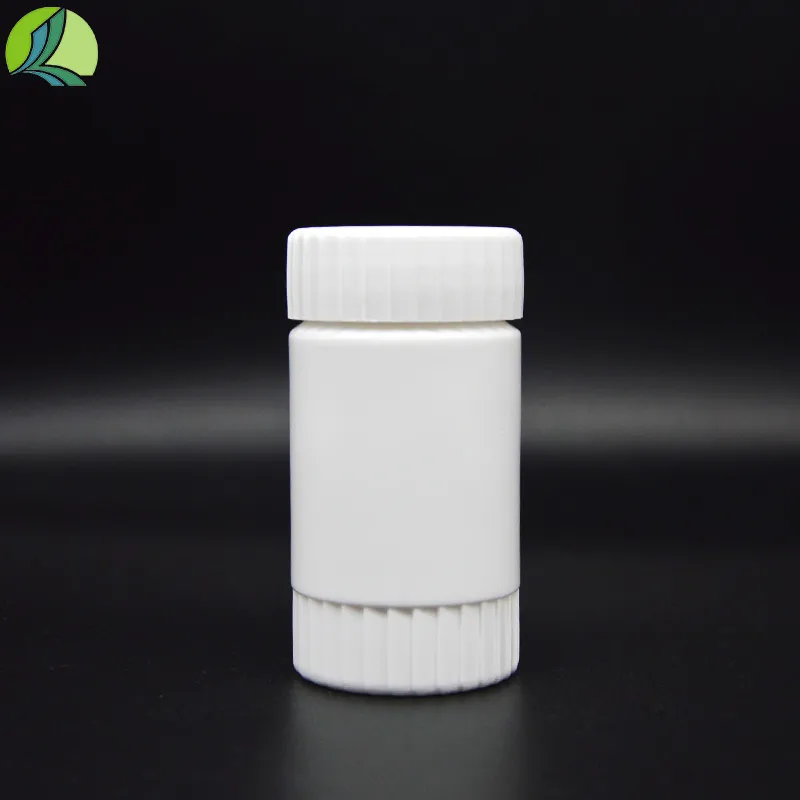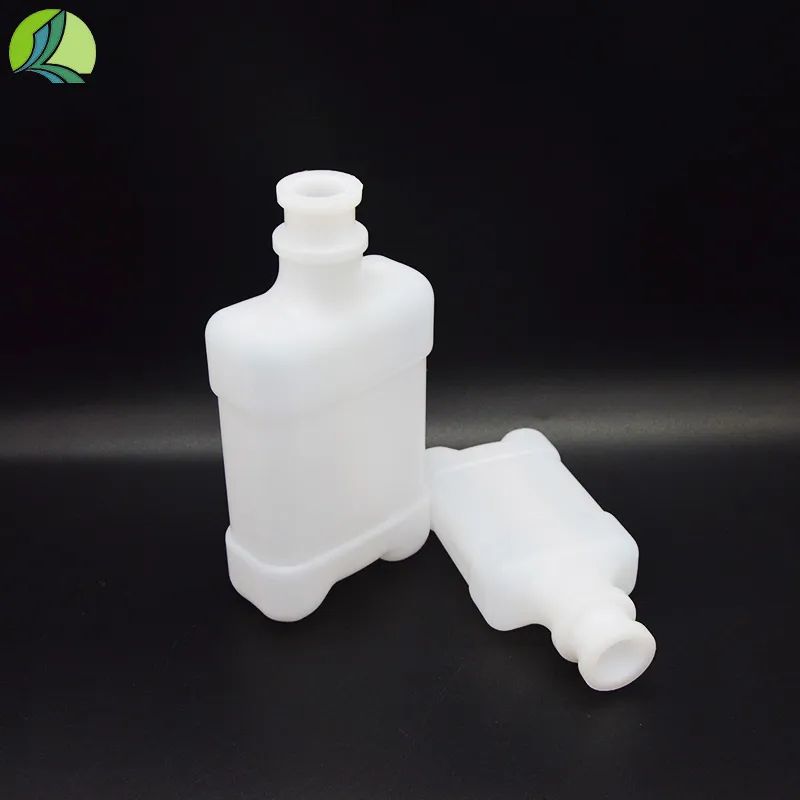
-
 Afrikaans
Afrikaans -
 Albanian
Albanian -
 Amharic
Amharic -
 Arabic
Arabic -
 Armenian
Armenian -
 Azerbaijani
Azerbaijani -
 Basque
Basque -
 Belarusian
Belarusian -
 Bengali
Bengali -
 Bosnian
Bosnian -
 Bulgarian
Bulgarian -
 Catalan
Catalan -
 Cebuano
Cebuano -
 Corsican
Corsican -
 Croatian
Croatian -
 Czech
Czech -
 Danish
Danish -
 Dutch
Dutch -
 English
English -
 Esperanto
Esperanto -
 Estonian
Estonian -
 Finnish
Finnish -
 French
French -
 Frisian
Frisian -
 Galician
Galician -
 Georgian
Georgian -
 German
German -
 Greek
Greek -
 Gujarati
Gujarati -
 Haitian Creole
Haitian Creole -
 hausa
hausa -
 hawaiian
hawaiian -
 Hebrew
Hebrew -
 Hindi
Hindi -
 Miao
Miao -
 Hungarian
Hungarian -
 Icelandic
Icelandic -
 igbo
igbo -
 Indonesian
Indonesian -
 irish
irish -
 Italian
Italian -
 Japanese
Japanese -
 Javanese
Javanese -
 Kannada
Kannada -
 kazakh
kazakh -
 Khmer
Khmer -
 Rwandese
Rwandese -
 Korean
Korean -
 Kurdish
Kurdish -
 Kyrgyz
Kyrgyz -
 Lao
Lao -
 Latin
Latin -
 Latvian
Latvian -
 Lithuanian
Lithuanian -
 Luxembourgish
Luxembourgish -
 Macedonian
Macedonian -
 Malgashi
Malgashi -
 Malay
Malay -
 Malayalam
Malayalam -
 Maltese
Maltese -
 Maori
Maori -
 Marathi
Marathi -
 Mongolian
Mongolian -
 Myanmar
Myanmar -
 Nepali
Nepali -
 Norwegian
Norwegian -
 Norwegian
Norwegian -
 Occitan
Occitan -
 Pashto
Pashto -
 Persian
Persian -
 Polish
Polish -
 Portuguese
Portuguese -
 Punjabi
Punjabi -
 Romanian
Romanian -
 Russian
Russian -
 Samoan
Samoan -
 Scottish Gaelic
Scottish Gaelic -
 Serbian
Serbian -
 Sesotho
Sesotho -
 Shona
Shona -
 Sindhi
Sindhi -
 Sinhala
Sinhala -
 Slovak
Slovak -
 Slovenian
Slovenian -
 Somali
Somali -
 Spanish
Spanish -
 Sundanese
Sundanese -
 Swahili
Swahili -
 Swedish
Swedish -
 Tagalog
Tagalog -
 Tajik
Tajik -
 Tamil
Tamil -
 Tatar
Tatar -
 Telugu
Telugu -
 Thai
Thai -
 Turkish
Turkish -
 Turkmen
Turkmen -
 Ukrainian
Ukrainian -
 Urdu
Urdu -
 Uighur
Uighur -
 Uzbek
Uzbek -
 Vietnamese
Vietnamese -
 Welsh
Welsh -
 Bantu
Bantu -
 Yiddish
Yiddish -
 Yoruba
Yoruba -
 Zulu
Zulu
Affordable Empty Medicine Bottles for Recycling & Sale
- Current Market Dynamics for Empty Medicine Containers
- Material Science: Engineering Superior Pharmaceutical Packaging
- Performance Comparison Across Major Suppliers
- Customization Options for Specialized Requirements
- Diverse Industrial Applications Beyond Pharmaceuticals
- Quality Assurance and Regulatory Compliance Standards
- Sustainable Solutions Through Empty Medicine Bottle Recommerce
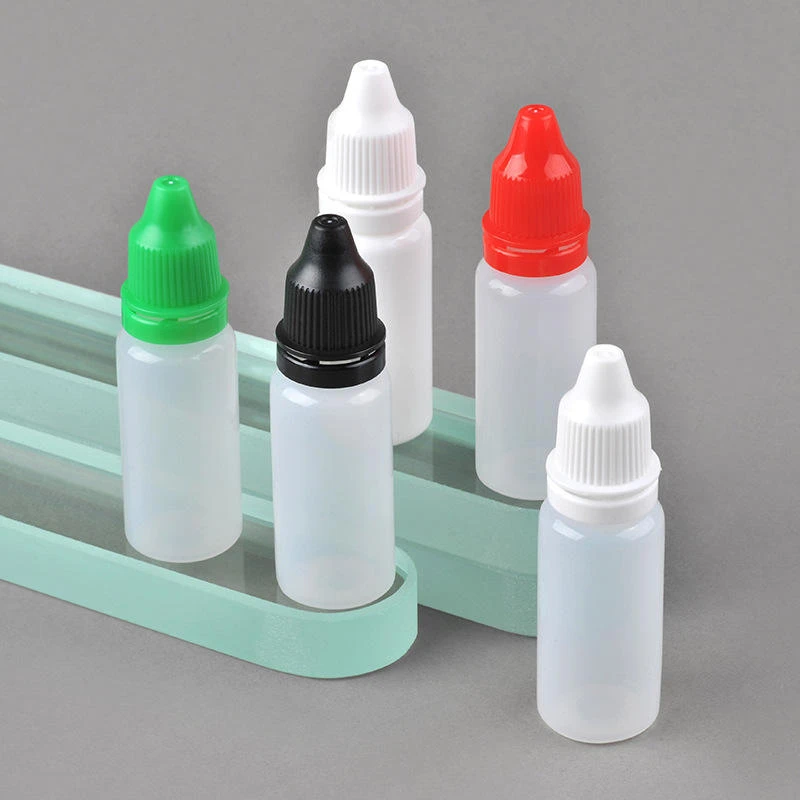
(empty medicine bottles)
Current Market Dynamics for Empty Medicine Containers
The global market for empty plastic medicine bottles continues expanding at 5.7% CAGR according to PMMI's latest industry report. Several converging factors drive unprecedented demand: pharmaceutical companies increasingly outsource packaging to specialized manufacturers, compounding pharmacies require regulatory-compliant containers for custom formulations, and repurposing initiatives create secondary markets. Changing FDA packaging guidelines now mandate 18% thicker walls for light-sensitive medications, creating urgent replacement cycles across the industry.
Forward-thinking manufacturers now position empty medicine bottles
for sale not as mere containers but as integrated drug preservation systems. Modern designs incorporate molecular barrier layers that extend shelf life by preventing oxygen migration – achieving 8% longer stability than conventional bottles. Production innovations enable 72-hour turnaround for standard PET containers, a critical advantage when medication shortages emerge.
Material Science: Engineering Superior Pharmaceutical Packaging
Modern empty plastic medicine bottles leverage advanced polymer science exceeding basic storage needs. Amber PET variants block 99.9% UV radiation below 450nm wavelength while maintaining complete visibility of contents. New HDPE compositions resist cracking at -80°C temperatures for specialty biologics transport. Material innovations include:
- 3-layer co-extrusion bottles providing 12-month moisture barrier protection
- PP compositions meeting USP <661> and <671> compendial requirements
- Antimicrobial nano-coatings reducing bioburden risk by 97%
- Recycled resin blends achieving FDA food-contact compliance at 35% cost reduction
Drop-resistant designs withstand 1.8m vertical impacts without compromising child-resistant mechanisms. Sealing technology now includes induction liners activating at 180kHz frequency for perfect adhesion across temperature fluctuations.
Performance Comparison Across Major Suppliers
| Supplier | Material Options | Moisture Vapor Transmission Rate (mg/day) | Light Protection (%) | Lead Time | Recycled Content |
|---|---|---|---|---|---|
| Pharmapack Solutions | PET, PETG, rPET | 0.002 | 99.7 | 5 business days | 30-100% |
| MediContain Inc | HDPE, PP | 0.008 | 99.1 | 14 business days | 10% max |
| SafetyBottle Corp | PET only | 0.015 | 98.3 | 21 business days | None |
Superior barrier performance directly impacts medication stability. Pharmapack's nanotechnology-enabled PET bottles maintain relative humidity below 10% for 180 days versus competitors' 60-90 day performance. Accelerated stability testing confirms extended shelf life advantages.
Customization Options for Specialized Requirements
Modern manufacturers offer unprecedented flexibility beyond standard sizes. Production capabilities include:
Tamper-Evident Systems: Laser-scored tear bands requiring 8kg pull strength, induction-sealed necks leaving patterned residue, or fused membrane closures.
Child-Resistance: CR configurations tested to 16 CFR 1700.20 standards, including push-turn mechanisms with torque resistance from 10-45 inch-pounds.
Dosing Integration: Bottles designed with angled necks for precise 0.5ml calibrated droppers, or integrated medication trays maintaining pill separation.
Specialty requirements like USP <382> elastomeric closures for injectables or nitrogen-flushed packaging for oxygen-sensitive compounds increase packaging efficacy. Most manufacturers maintain permanent tooling for 120+ standard configurations while offering rapid mold fabrication for proprietary designs.
Diverse Industrial Applications Beyond Pharmaceuticals
While primarily medication containers, empty plastic medicine bottles serve multiple industries requiring precision storage. Biotechnology labs utilize autoclave-safe versions for specimen transport. Essential oil manufacturers require amber bottles preserving terpene profiles. Dental practices repurpose small containers for temporary crown storage with precise 12mm internal diameters.
Industrial applications demand specialized modifications:
- Conductive polymer blends preventing static accumulation in electronic component storage
- Wide-mouth designs accommodating viscous adhesives and sealants
- Chemical-resistant fluoropolymer coatings for solvent containment
- Gamma-sterilized units maintaining sterility in medical device packaging
Bottles certified for hazardous material transport undergo additional UN certification testing including 1.8m drop tests and pressure differential validations.
Quality Assurance and Regulatory Compliance Standards
Manufacturers implement comprehensive quality systems exceeding FDA 21 CFR Part 211 requirements. Quality protocols include:
Material Traceability: Full resin lot tracking from pellet receipt through final packaging with documented compliance certificates for each batch.
Particulate Control: Production under ISO Class 7 cleanrooms with regular particle counts validating <5 particles>0.5μm per cubic foot.
Extractables Testing: Complete USP <1663> profiles identifying potential chemical migration at storage conditions up to 60°C.
Independent audits certify compliance with MHRA, EMA, and Health Canada regulations. Stability testing includes 6-month accelerated aging protocols simulating three-year storage conditions to validate container integrity.
Sustainable Solutions Through Empty Medicine Bottle Recommerce
Organizations increasingly seek to sell empty medicine bottles into secondary markets. Certified reprocessors operate FDA-registered facilities that wash, sterilize, and inspect returned containers. Recommerce programs divert 3.2 million units annually from landfills while providing cost-effective solutions for non-sterile applications. Properly decommissioned bottles serve:
- Compounding pharmacies needing non-sterile containers
- Artisan businesses requiring uniform packaging
- Educational institutions needing inexpensive lab storage
- Repurposing initiatives creating emergency medication kits
Commercial return programs typically require batches exceeding 5,000 units with intact labeling and absence of controlled substances. Third-party certification including Residuals Analysis Reports ensures regulatory compliance for secondary use. Sustainable practices reduce procurement costs by approximately 40% compared to new bottles while supporting circular economy initiatives.
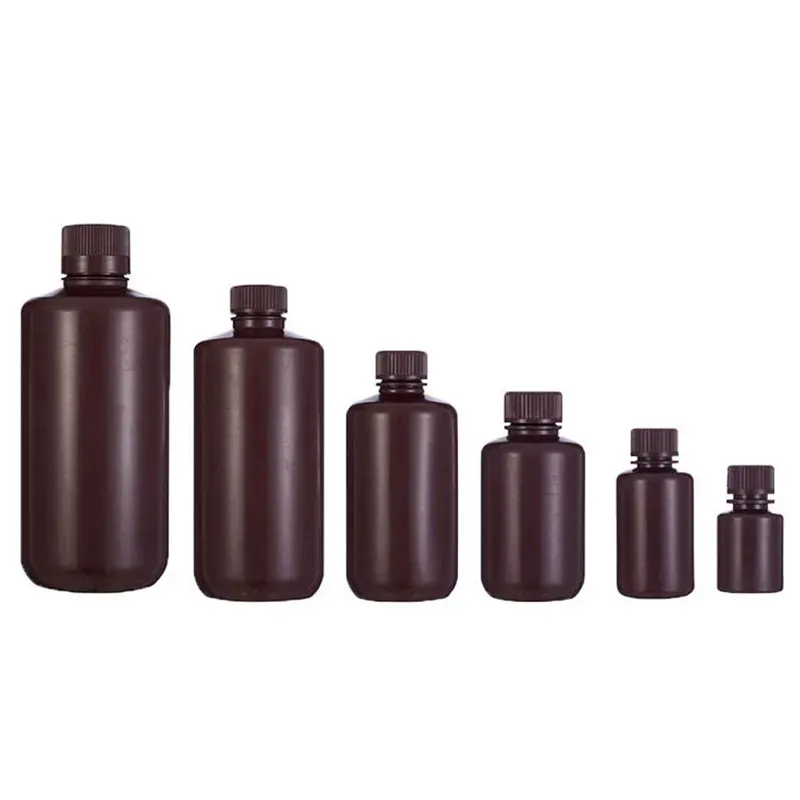
(empty medicine bottles)
FAQS on empty medicine bottles
Q: Can I recycle empty plastic medicine bottles?
A: Yes, most empty plastic medicine bottles are recyclable if cleaned properly. Remove labels and residual medication before recycling. Check local guidelines as acceptance varies by municipality.
Q: Where can I buy empty medicine bottles for sale?
A: Bulk empty medicine bottles are available online via wholesale suppliers like Amazon, ULINE, or specialty packaging retailers. They're sold in quantities ranging from 50-10,000 units depending on size needs.
Q: How should I prepare to sell empty medicine bottles?
A: First thoroughly clean and sanitize bottles, remove all labels/identifiers. Take clear photos showing bottle size and condition. List on marketplaces like eBay or Etsy with dimensions and material details.
Q: Are repurposed empty medicine bottles safe for food storage?
A: We strongly advise against reusing medicine bottles for food. Residual chemicals can leach into contents even after cleaning. Use only FDA-approved food containers instead.
Q: What sizes do empty plastic medicine bottles typically come in?
A: Standard sizes range from 5ml to 240ml capacity. Common options include 30ml (1oz), 60ml (2oz), and 120ml (4oz) bottles. Child-resistant and wide-mouth variants are also available.
-
500ml White Plastic PP Veterinary Vaccine Bottle | Animal LabNewsAug.03,2025
-
28 Mouthfuls White Plastic Vaccine Vials 100ml/25ml Lab & VetNewsAug.02,2025
-
250ml Blue Translucent Medical Plastic Vaccine VialsNewsAug.01,2025
-
White 250ml Clear Plastic Vaccine Vial | Lab & Vet UseNewsAug.01,2025
-
Premium Polypropylene Falcon Tubes with GPT-4 Turbo AINewsJul.31,2025
-
Animal Laboratory 500ml White Plastic Veterinary Medicine Bottle PP Vaccine BottleNewsJul.30,2025



